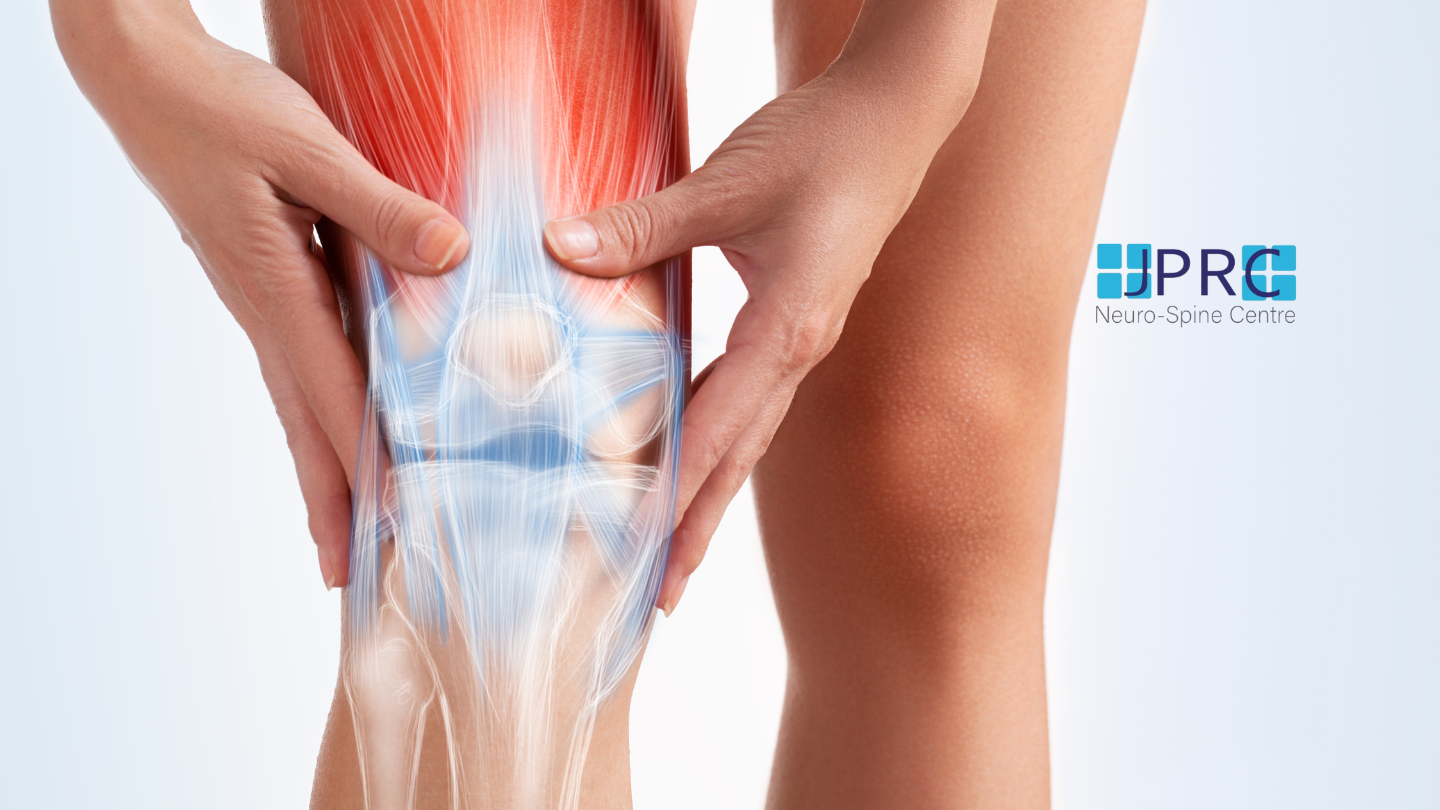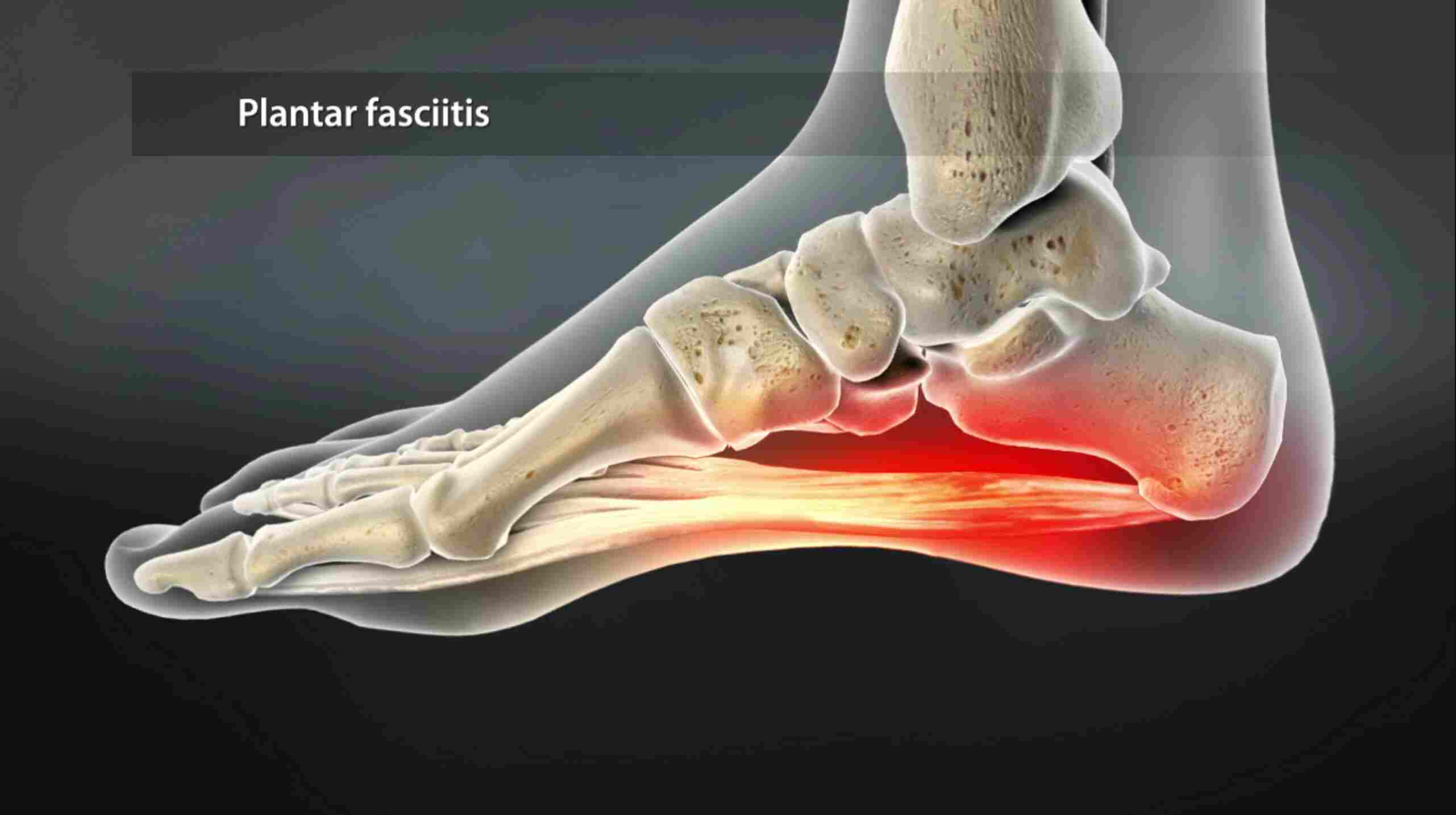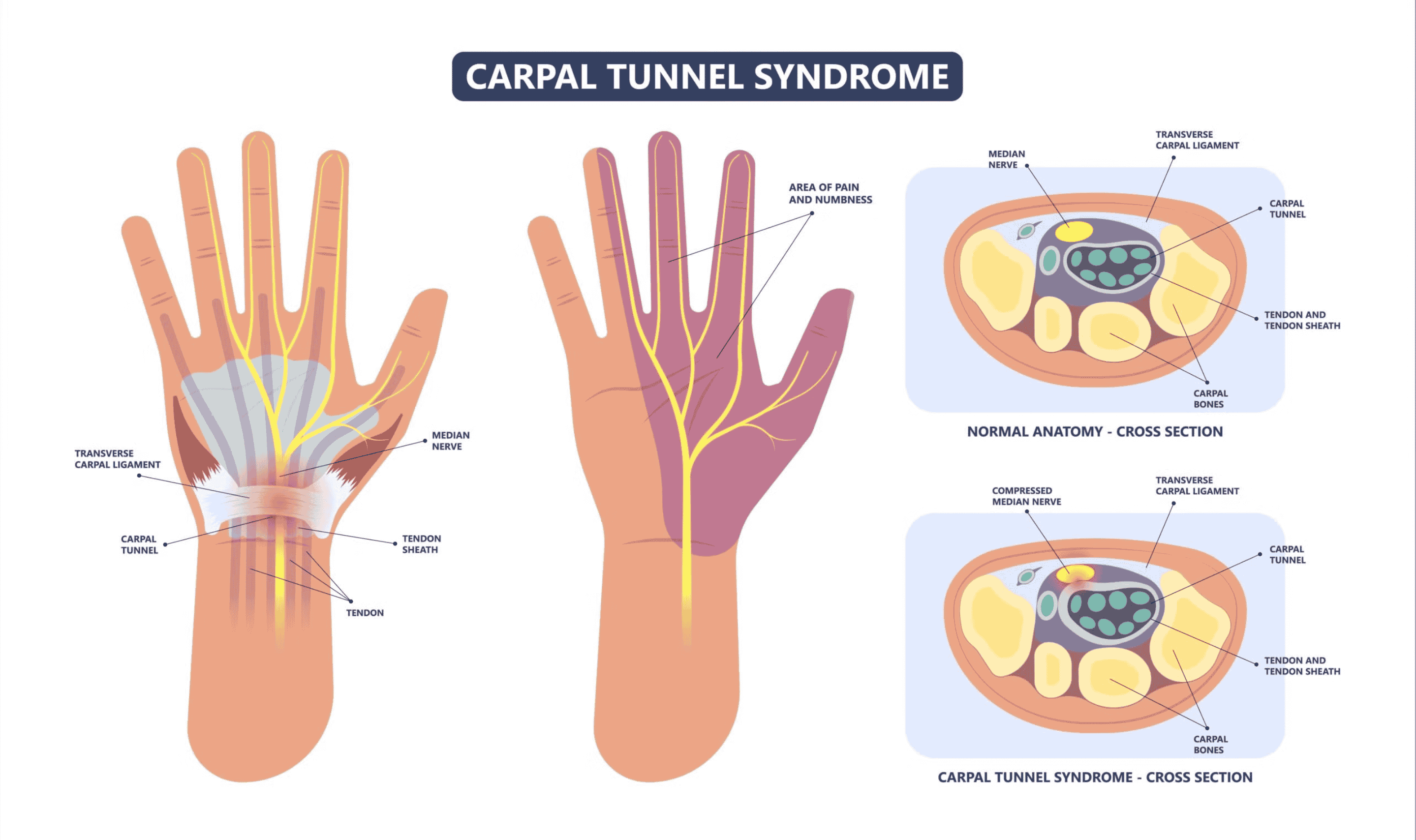Osteoarthritis Knee Joint
Osteoarthritis is a common form of arthritis that often affects the knee, in middle and old age equally. In the first stage, symptoms are mild, but by the fourth, a person may need surgery.
Osteoarthritis (OA) of the knee affects the bones, the cartilage, and the synovial in the knee joint. Cartilage is a slippery tissue that provides a smooth surface for joint motion and acts as a cushion between the bones.
Synovial is soft, and it lines the joints. It produces fluid, called synovial fluid, for lubrication, and it supplies nutrients and oxygen to the cartilage.
As these functions break down, they no longer protect the bones of the knee joint, and bone damage occurs.
Osteoarthritis of Knee
- Stages
- Diagnosis
- Treatment
- Understanding osteoarthritis
- Prevention
OA of the knee can cause pain and stiffness. The symptoms worsen over time.
In osteoarthritis of the knee, the cartilage breaks down and bone damage results. As the stages progress, pain and stiffness increase.
OA of the knee takes several years to develop, and it progresses .along with the course of the disease.
The condition can be hard to treat because symptoms may not appear until OA reaches an advanced stage. Maybe because of lack of self-awareness, or ignorant about the painful knee, reach beyond their tolerance.
The doctor will also ask:
-
when and where the person is experiencing pain and stiffness
-
how this affects their daily life
-
whether they are taking any medications
The doctor will examine the joints, test their overall range of motion, and check for damage. They will pay close attention to any areas that are tender, painful, or swollen.
MRI scans and joint fluid tests can help detect early signs of OA. The doctor may perform a joint aspiration, which involves removing some fluid with a needle and sending it to a laboratory for testing.
X-rays can also show damage to the joint. but does not reveal soft structure like ligaments meniscus etc.
Blood tests can help to rule out other diseases, such as gout and rheumatoid arthritis.
Treatment
Treatment options depend on the stage of OA and how quickly the condition is progressing.
Stage 1
Any symptoms are usually minor, and acetaminophens or other over-the-counter (OTC) medications can often relieve the pain.
Performing certain exercises can help to build strength and mobility. Some sources recommend taking supplements, such as glucosamine and chondroitin. However, have concluded that there is not enough evidence to show that supplements help. but one has t see some side effects of unwanted medicines.
Stage 2
Treatments can include:*******taking pain relievers
- attending physical therapy sessions to build or maintain strength and flexibility
- wearing a knee brace designed to relieve pressure on the joints’ surfaces
- wearing shoe inserts to relieve stress on the knee
At this stage, people with OA of the knee may need to change their daily activities to avoid pain.
Stage 3
Treatments can include:
- taking OTC pain relievers, such as acetaminophen
- taking prescription pain relievers, including oxycodone or codeine
- receiving injections of corticosteroids or hyaluronic acid
A doctor will administer three to five hyaluronic acid injections over 3–5 weeks. It can take time for results to show, but relief can last for 6 months.
Most of the pain physicians have questioned the use of corticosteroid and hyaluronic acid injections. The drugs can be costly, and long-term use of corticosteroids can lead to adverse effects.
Stage 4
At this stage, the cartilage has either significantly diminished or disappeared completely.
Alternative remedies
People may try the following:
- acupuncture
- magnetic pulse therapy, though there is a lack of research to confirm its effectiveness
- lateral wedge insoles
- supplements of glucosamine, chondroitin, or both
- needle lavage, which involves inserting a needle into the joint and injecting a saline solution
Understanding knee osteoarthritis
OA of the knee develops when the cartilage in the knee joint wears away, leading to an overgrowth of the bone underneath. The cartilage becomes rough and breaks down, resulting in pain, swelling, and difficulty moving the joint.
OA can develop at any age, but it most frequently develops in people aged over 50 years, Risk factors
Risk factors for OA include:
- increasing age
- obesity
- previous joint injury
- overuse of the joint
- weak thigh muscles
- genetic factors
A person is likelier to develop OA if they have certain conditions, including hemochromatosis, acromegaly, and rheumatoid arthritis.
Repetitive exercise can increase the risk of developing OA of the knee.
Maintaining a healthful weight: Excess weight puts extra pressure on the knees. Over time, this contributes to wearing down the cartilage.
Extra fat can also cause the body to produce cytokines, a type of protein. This can lead to widespread inflammation, and it can change the way that cartilage cells work.
Controlling blood sugar: High glucose levels can affect the structure and function of cartilage, and diabetes increases the risk of inflammation and cartilage loss.
In the U.S., more than 50 per cent of people with diabetes also have arthritis.
Exercising regularly: Moderate exercise can help the joints stay flexible, strengthen the muscles that support the knees, and reduce the risk of many health conditions.
It may help to garden, walk, or swim for 30 minutes at a time, five times a week.
Anyone who has not exercised for an extended period, possibly due to difficulties with mobility, should ask a medical professional for advice about how to start.
Reducing the risk of injury: Cartilage that sustains damage from an injury is more likely to develop arthritis later.
Reduce the risk of tripping in the home, wear shoes that fit well, and use protective gear while playing sports to prevent injury.
Undergoing posture and bone alignment tests: A gait analysis and other tests can help doctors to assess bone alignment and posture. Some sources suggest that these can affect a person’s risk of developing OA.
Researchers say these changes do not occur until after the early stages of OA of the knee, and that they may be a result rather than a cause of the condition. However, they add that a better understanding of these changes might help prevent OA from progressing and help in treatment and rehabilitation.
Avoiding overuse: Some sports or professions involve repetitive motions of the knee joint, such as kneeling or squatting.
People who regularly lift more than 55 pounds may have an increased risk of OA. Jobs that put people at risk may include laying carpets and unloading trucks or ships.
Varying activities and getting enough rest between periods of work or exercise may help.
Getting help: To prevent OA from advancing, ask a doctor for advice about treatment and lifestyle changes when discomfort starts.
Eating a healthful diet, getting enough sleep, managing stress, and staying active all contribute to better overall well-being and a decreased risk of health issues, including OA










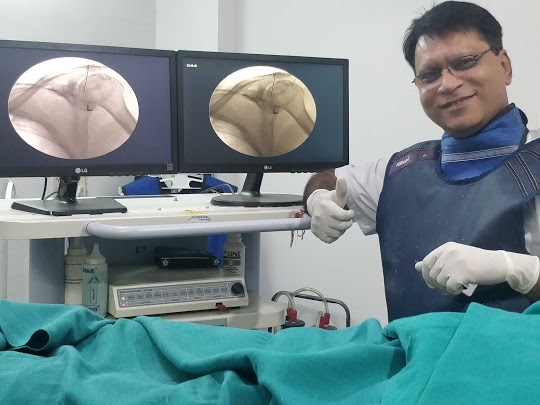



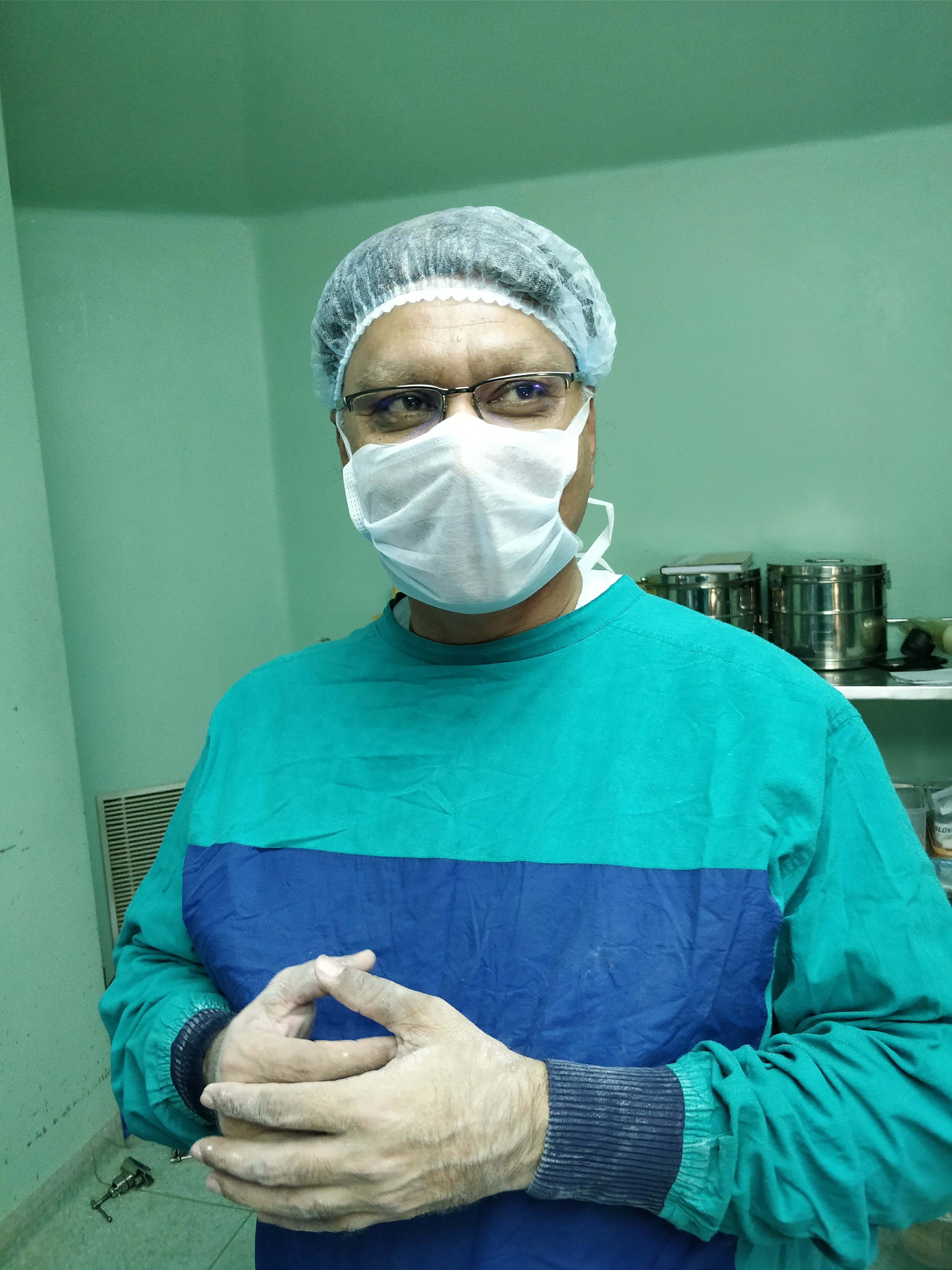
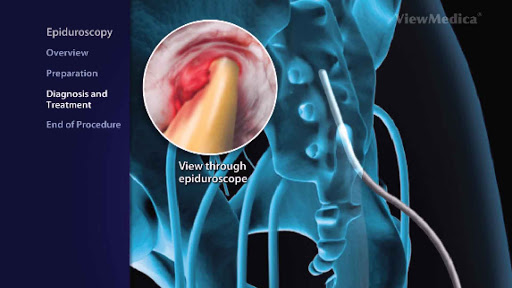

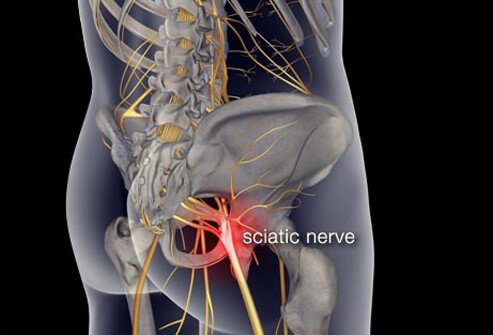



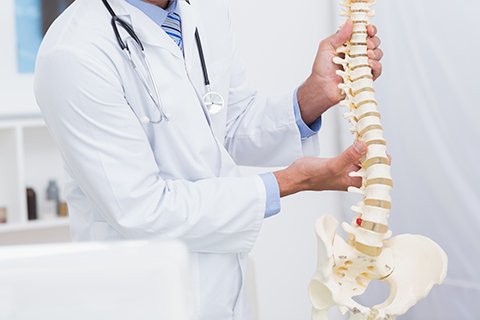


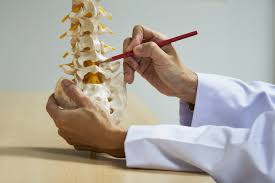
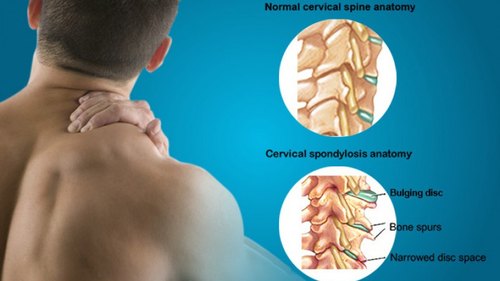
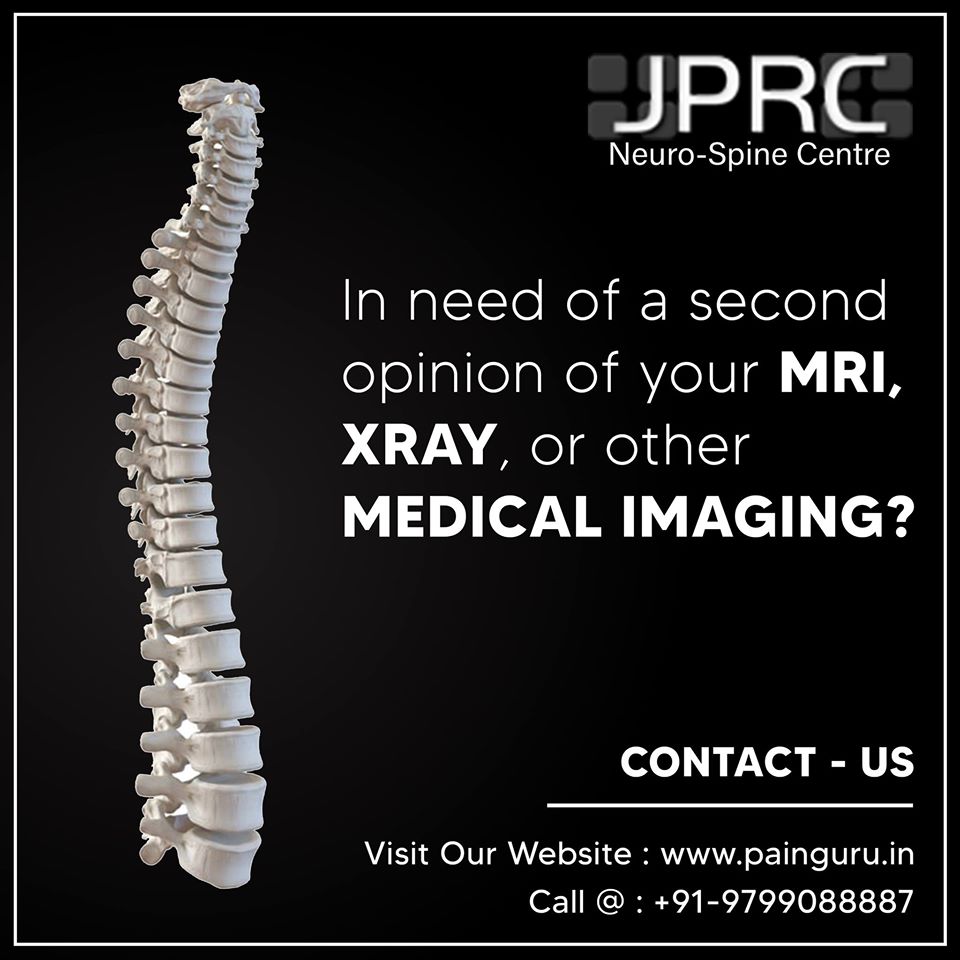






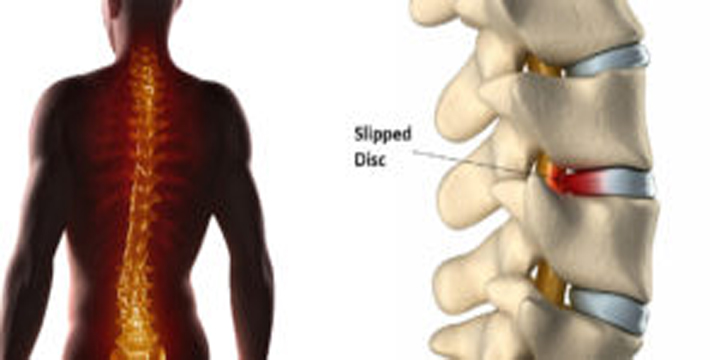
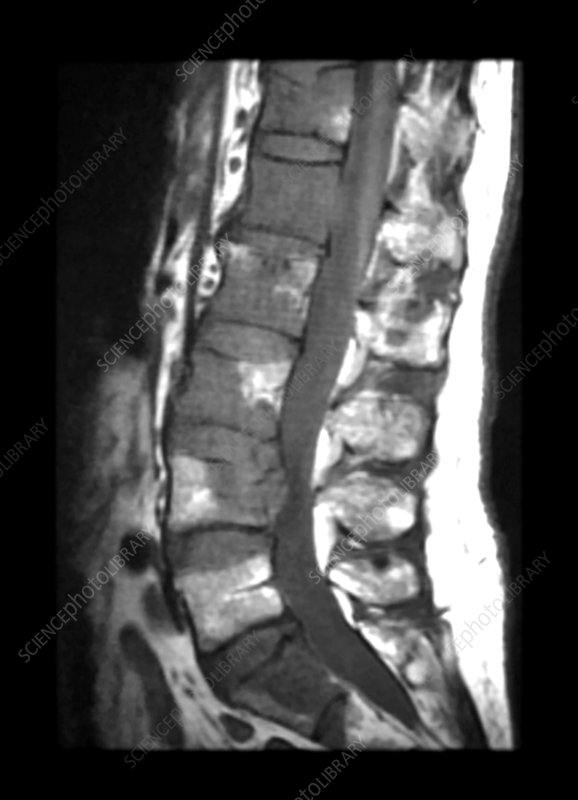




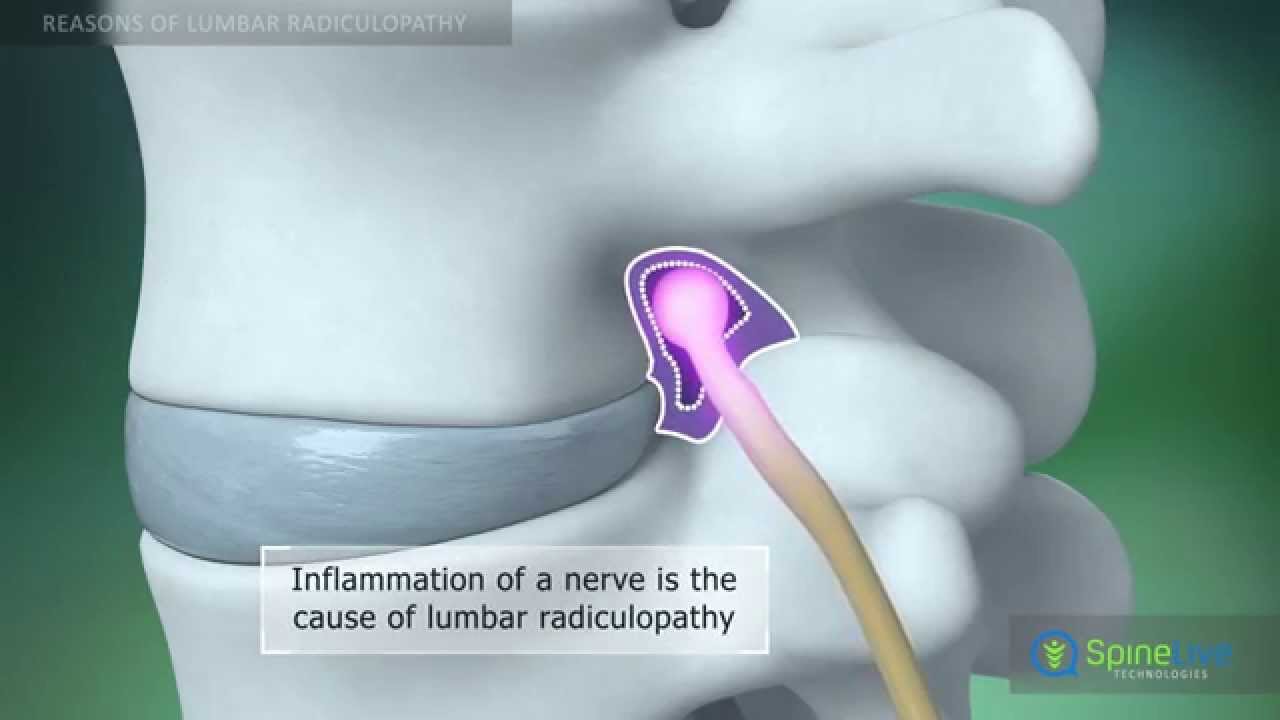
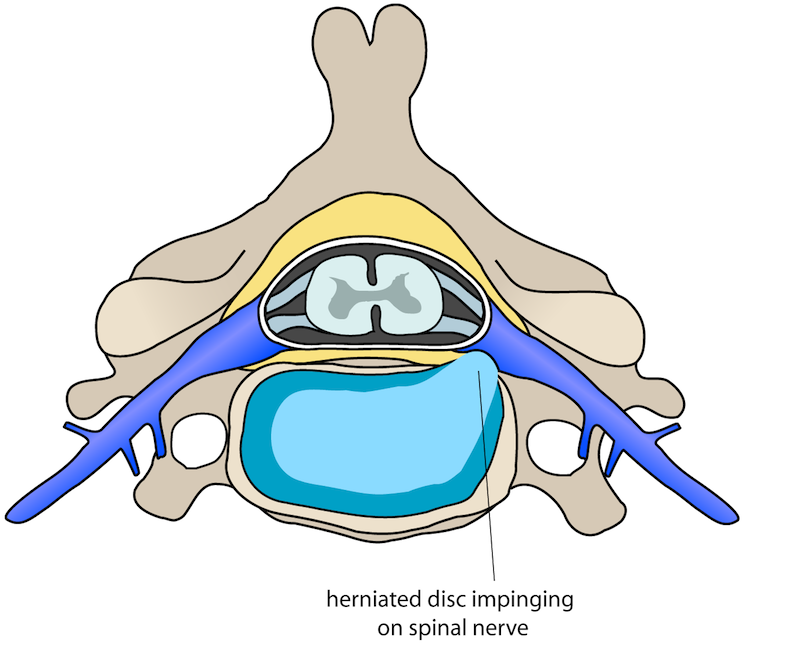
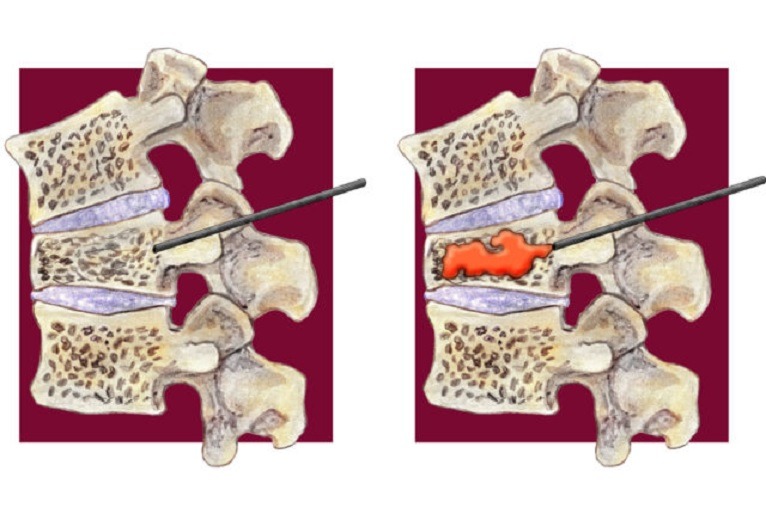












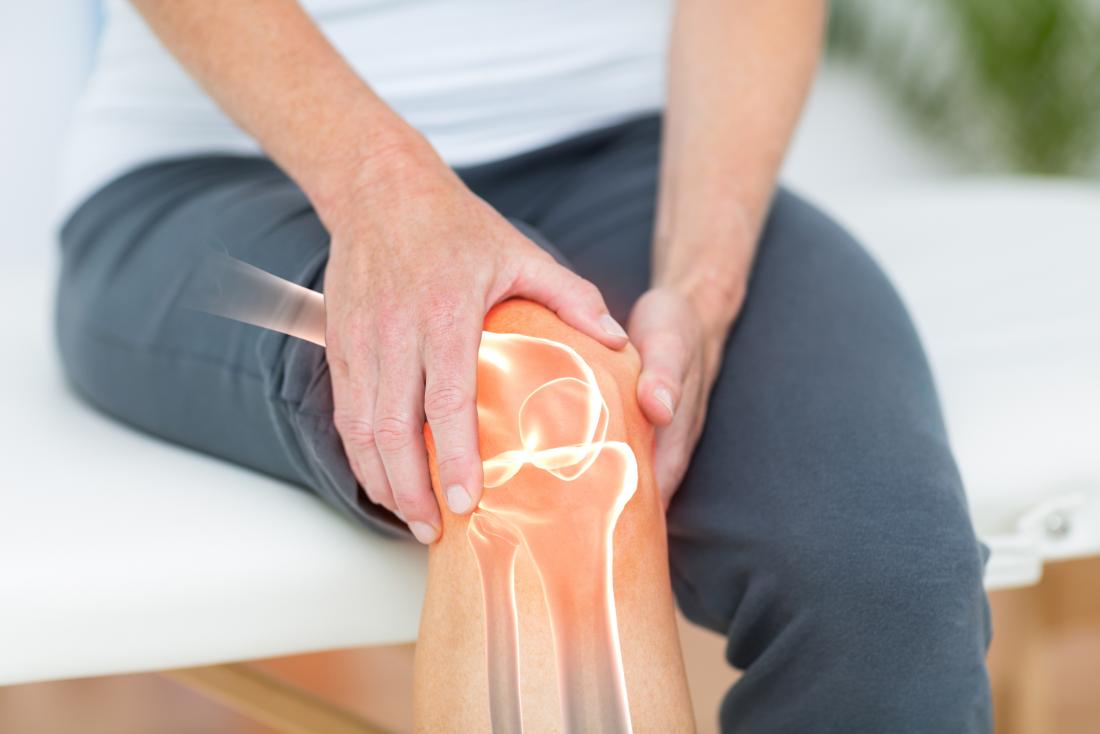
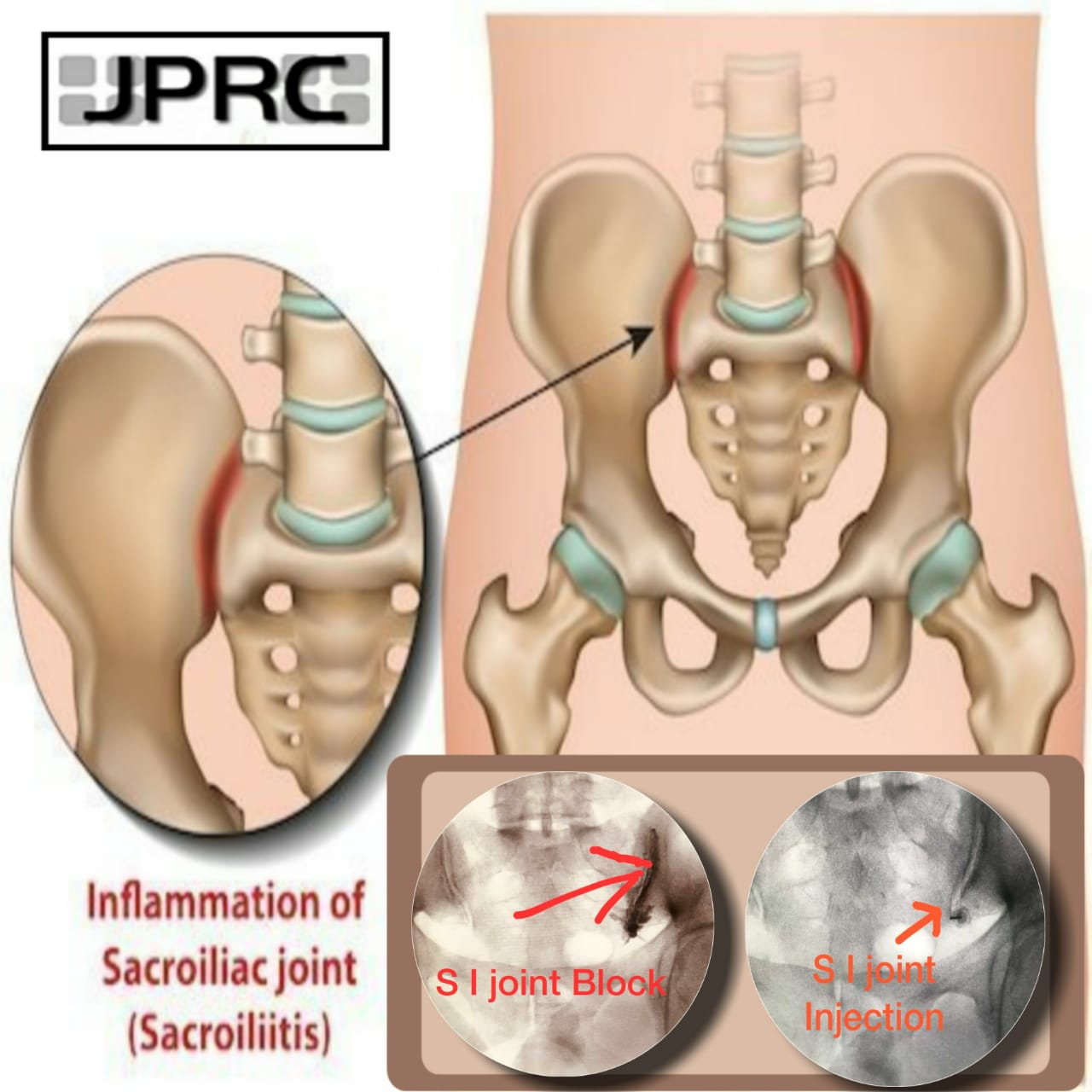


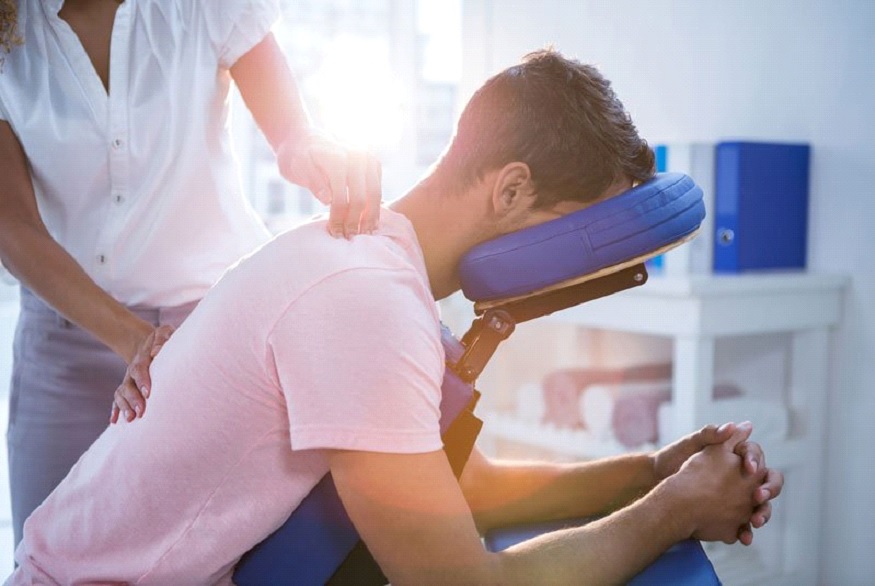


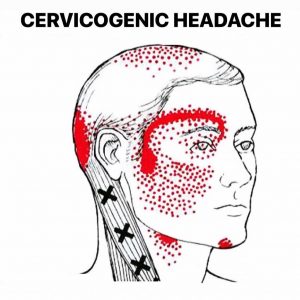




.jpg)



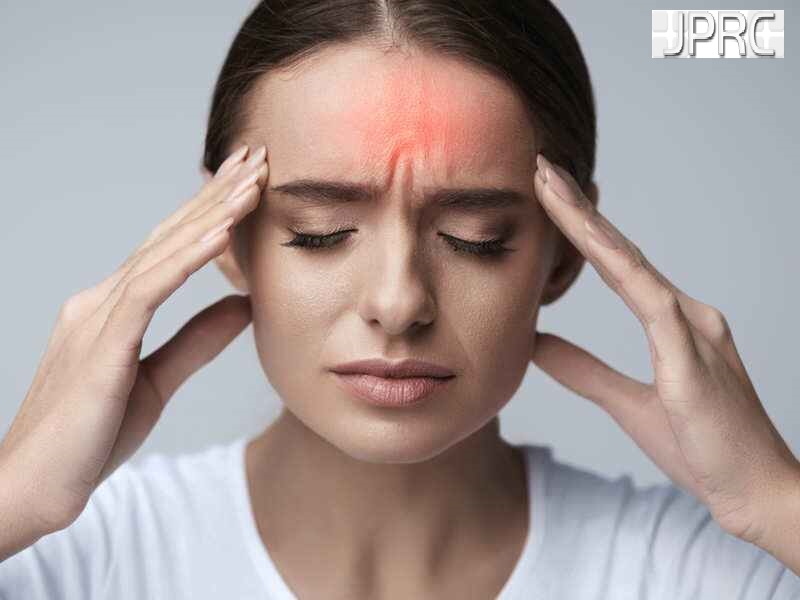
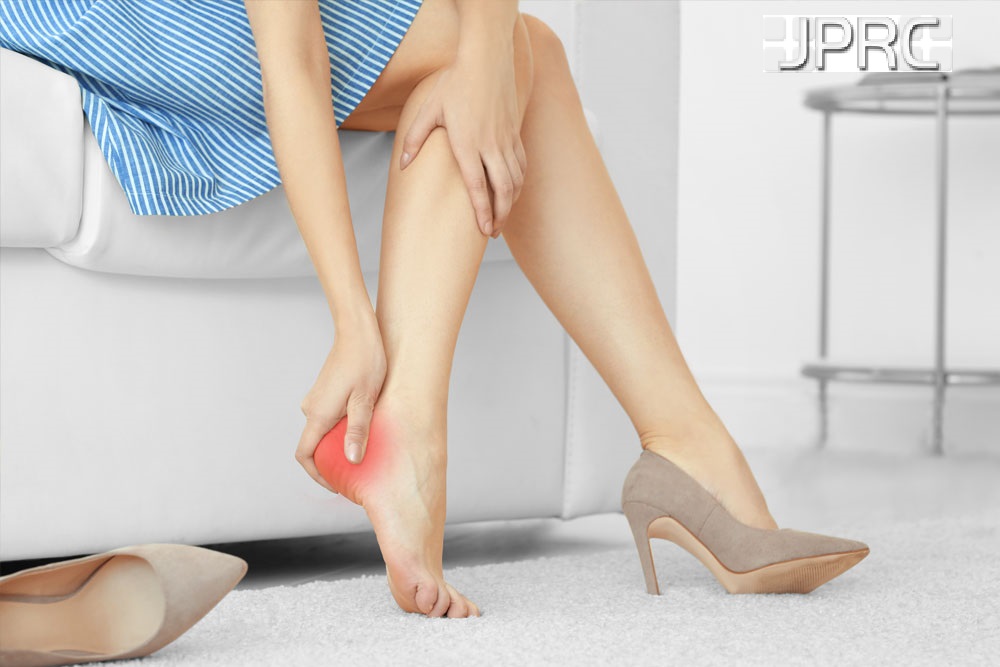

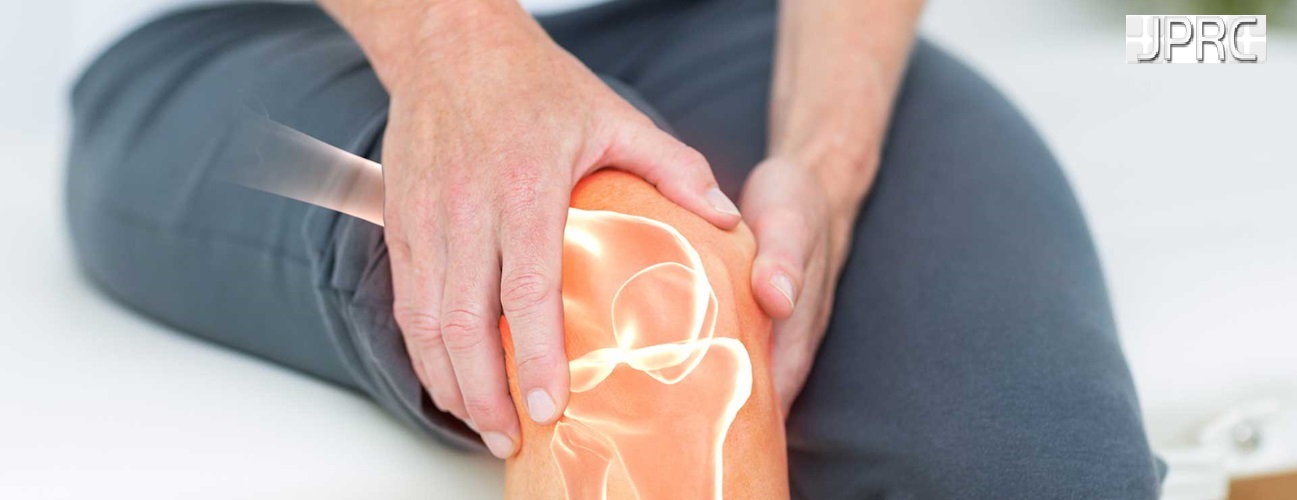

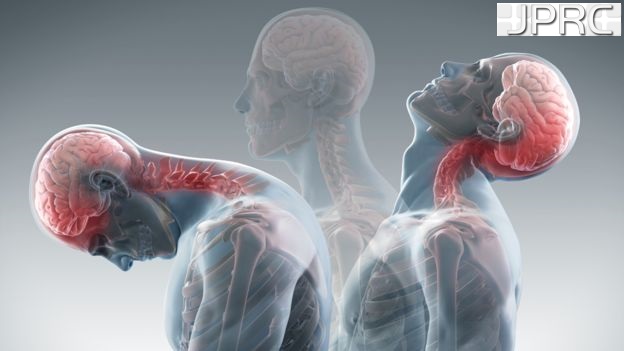


_Injection_Description_in_Hindi.jpg)
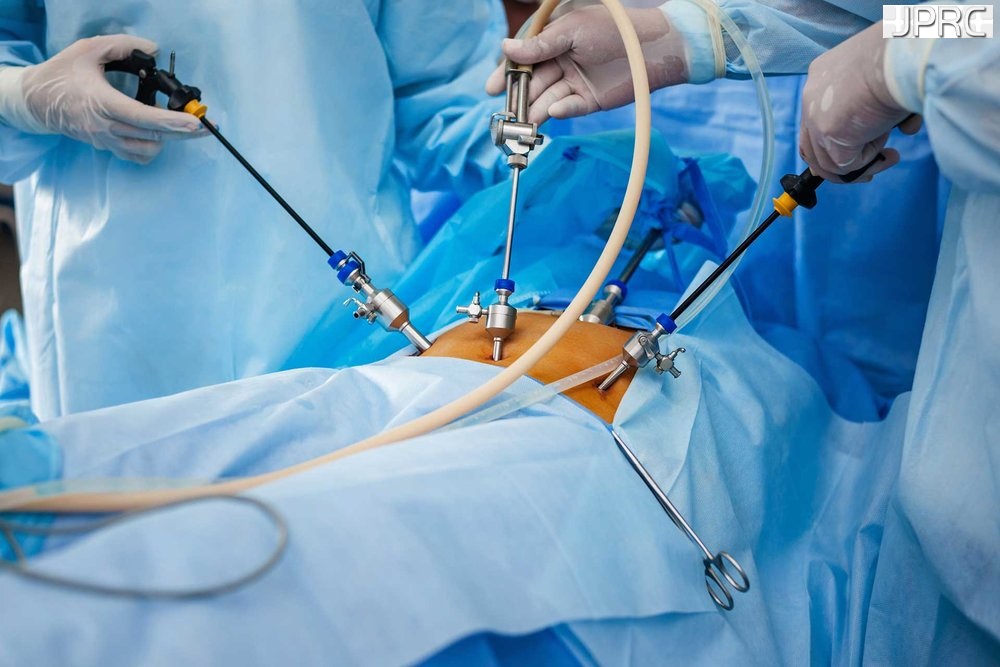

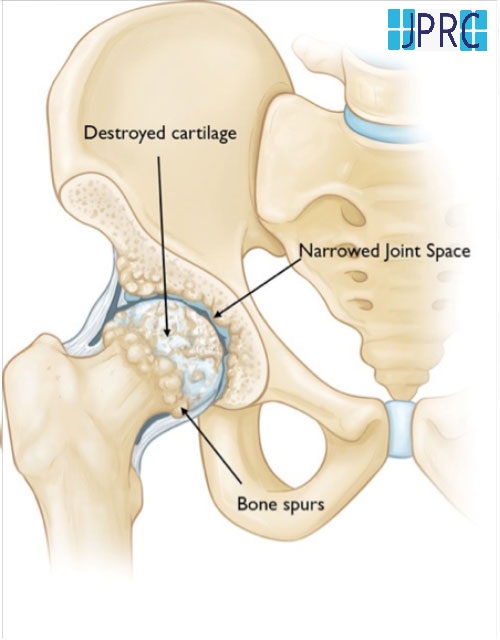



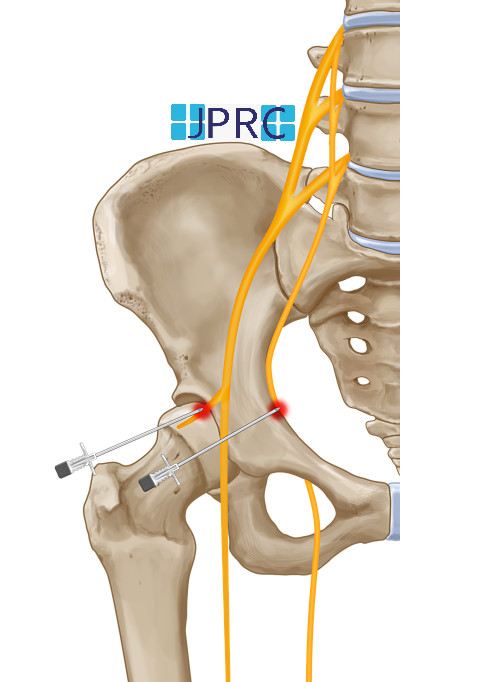


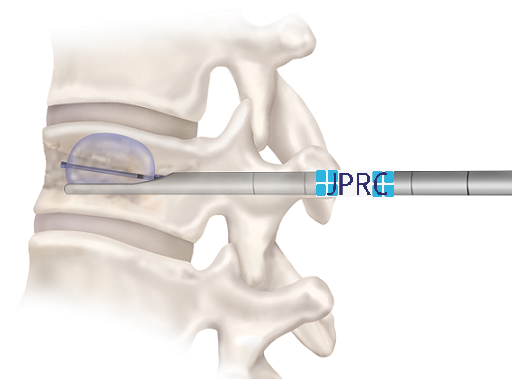

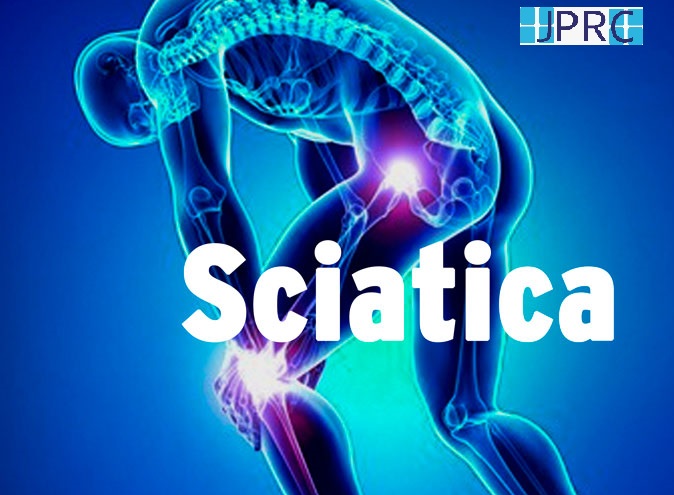



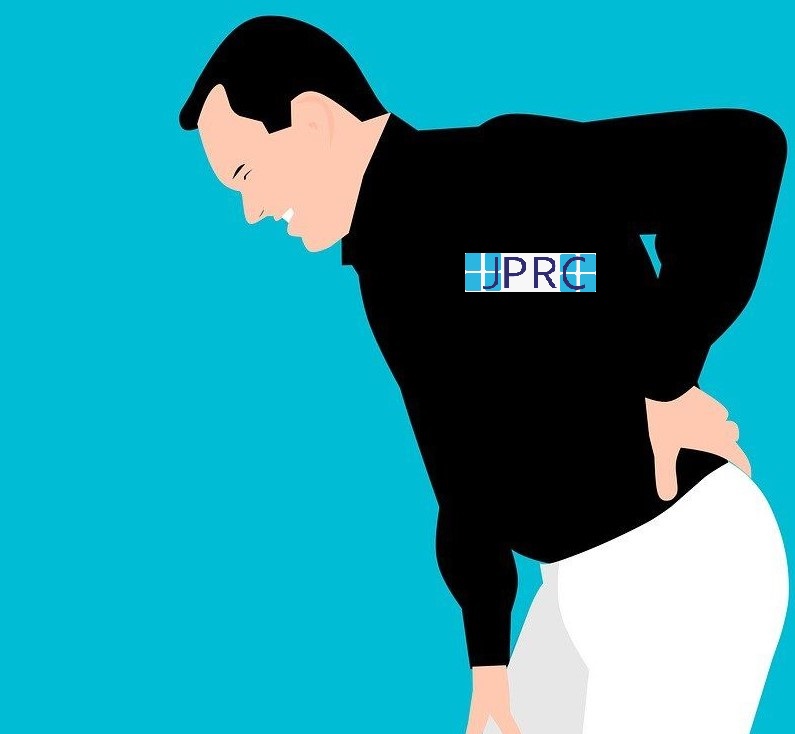
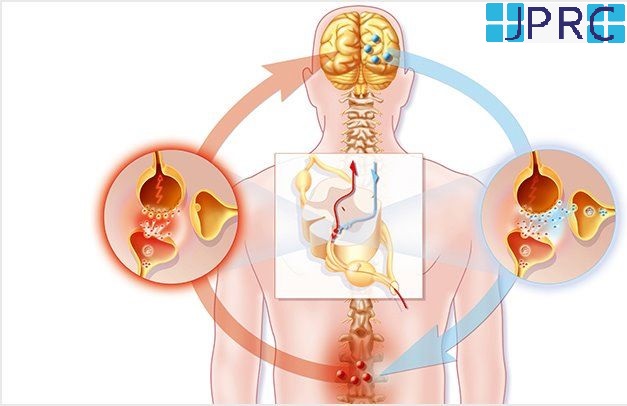


.jpg)
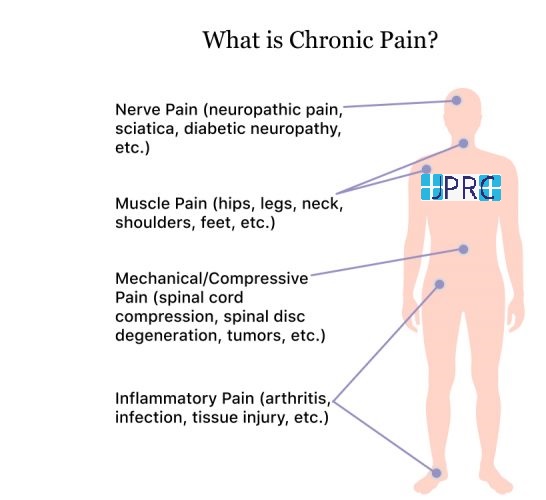


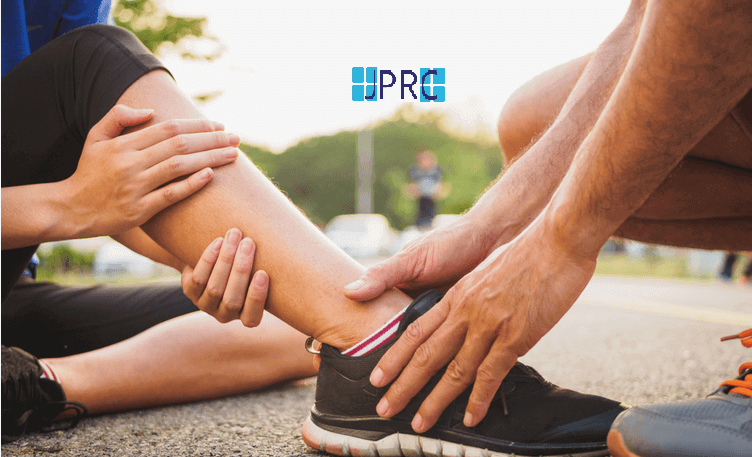
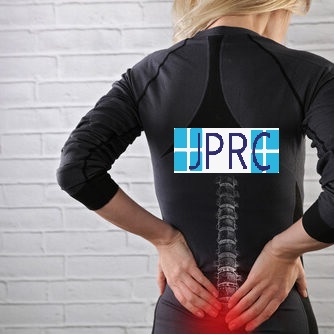


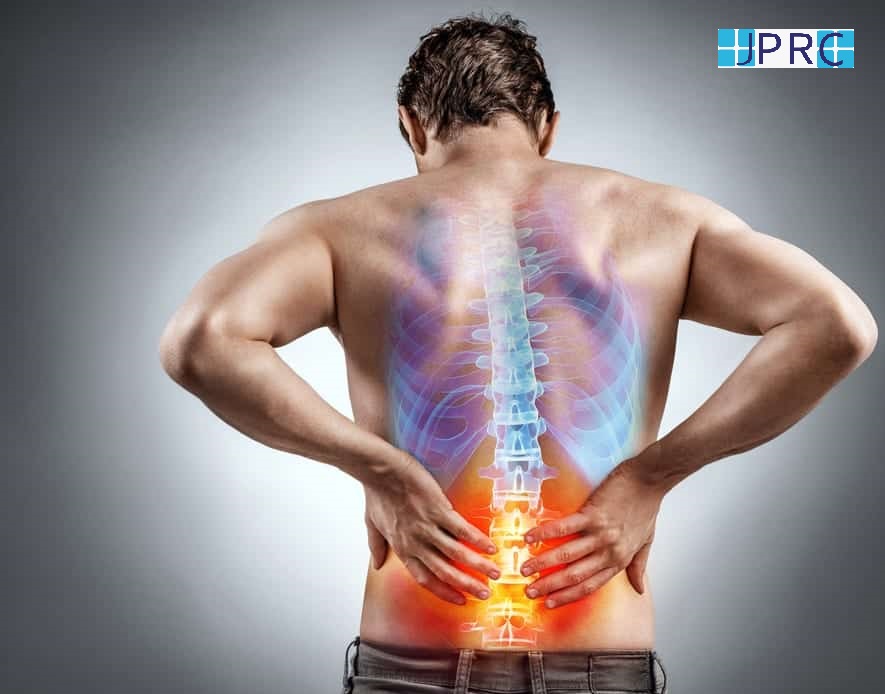
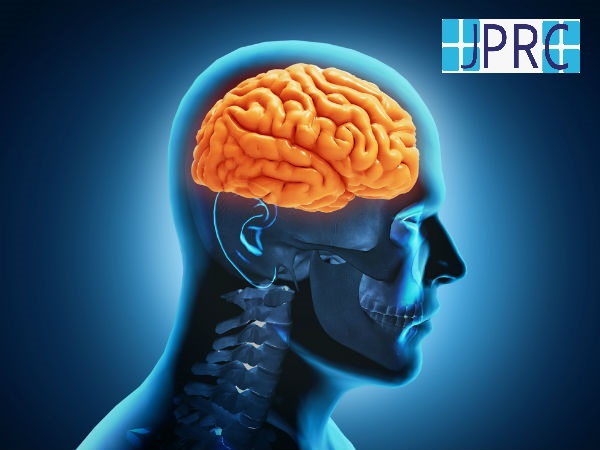
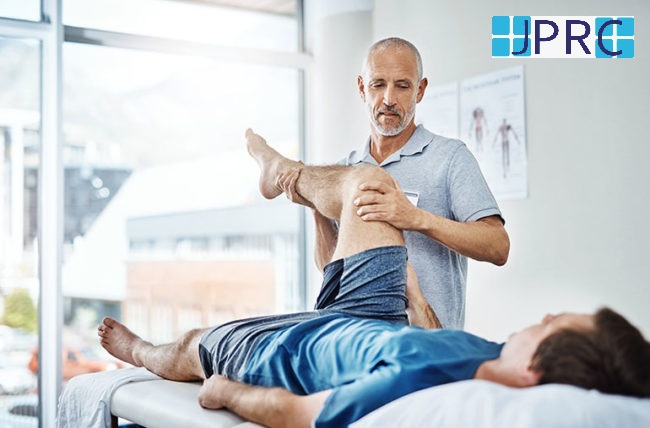
.jpg)




.jpg)
.jpg)
.jpg)



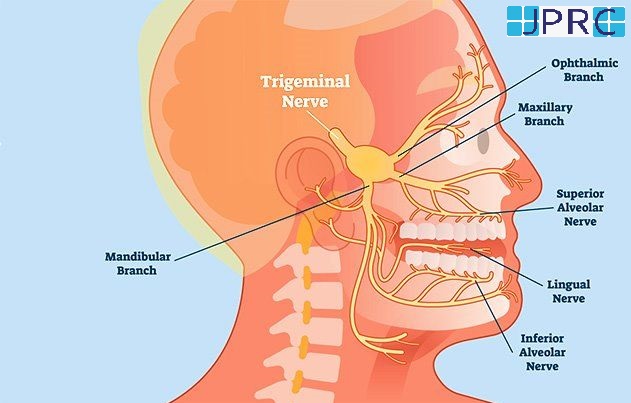

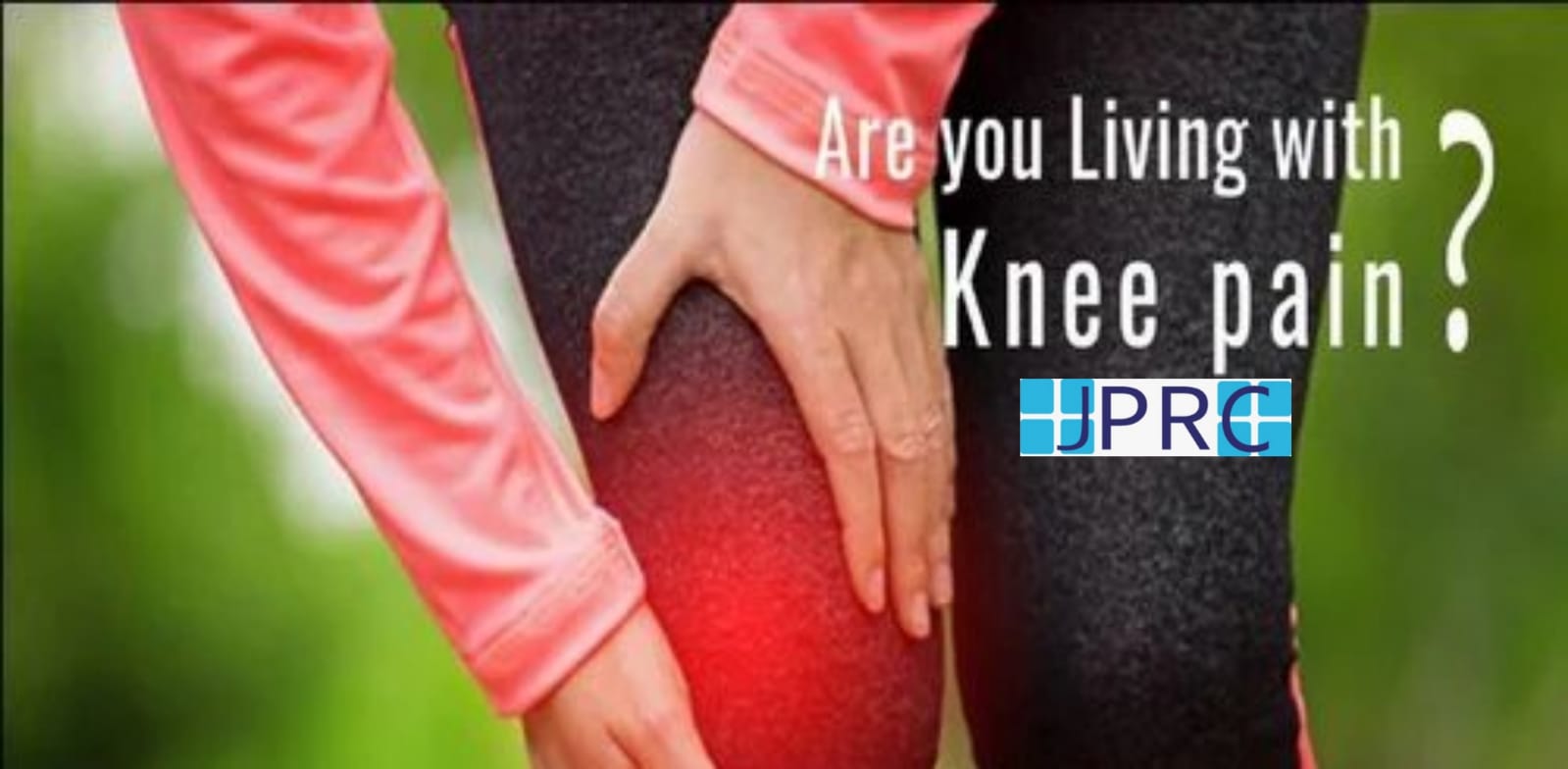

.jpg)
.jpg)
.jpg)
.jpg)
.jpg)
.jpg)
.jpg)
.jpg)
.jpg)
.jpg)
.jpg)
.jpg)
.jpg)
.jpg)
.jpg)
.jpg)
.jpg)
.jpg)
.jpg)
.jpg)
.jpg)
.jpg)






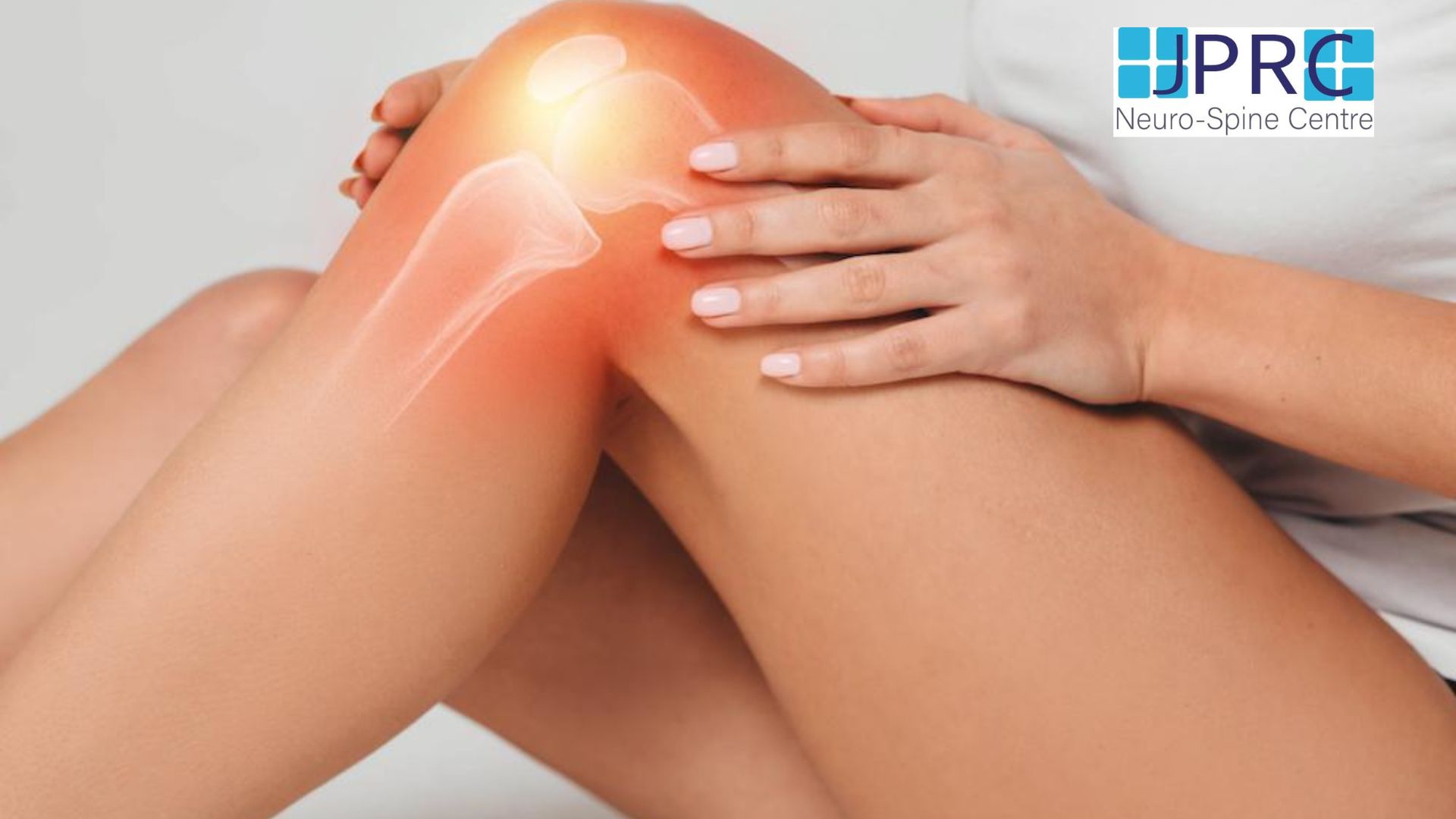

1.jpg)
1.jpg)
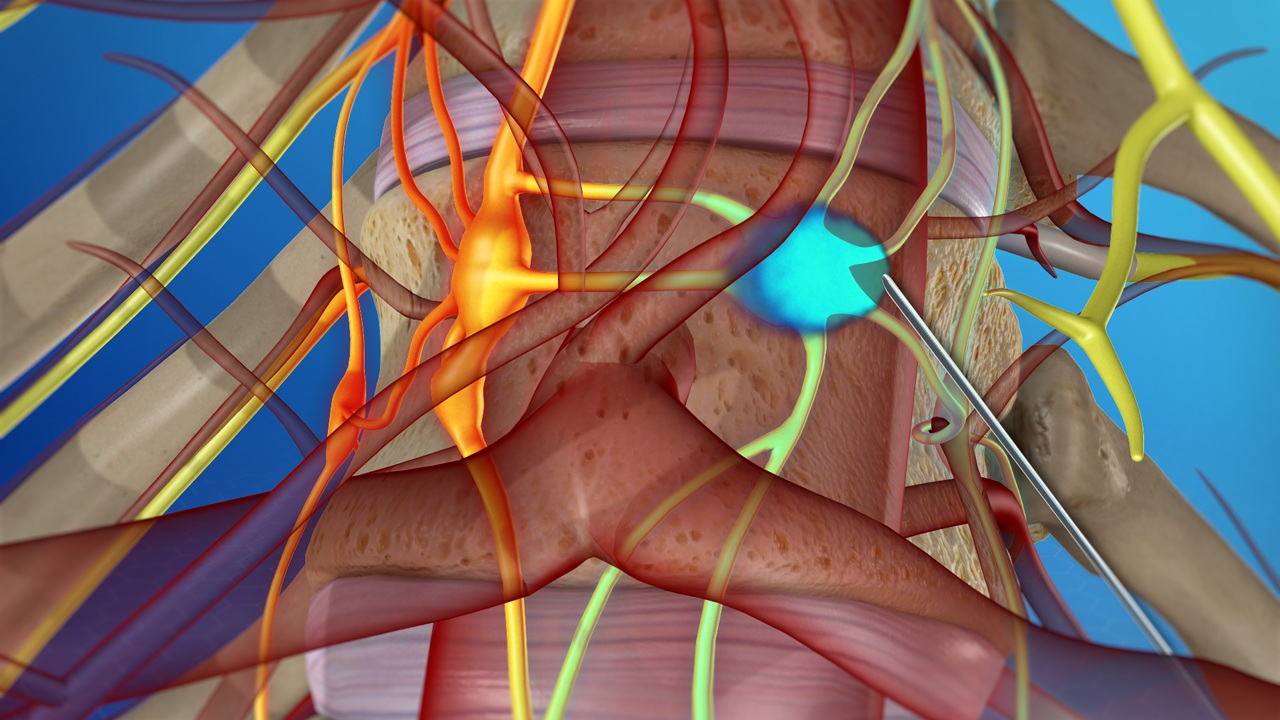
1.jpg)
1.jpg)
1.jpg)
1.jpg)
1.jpg)






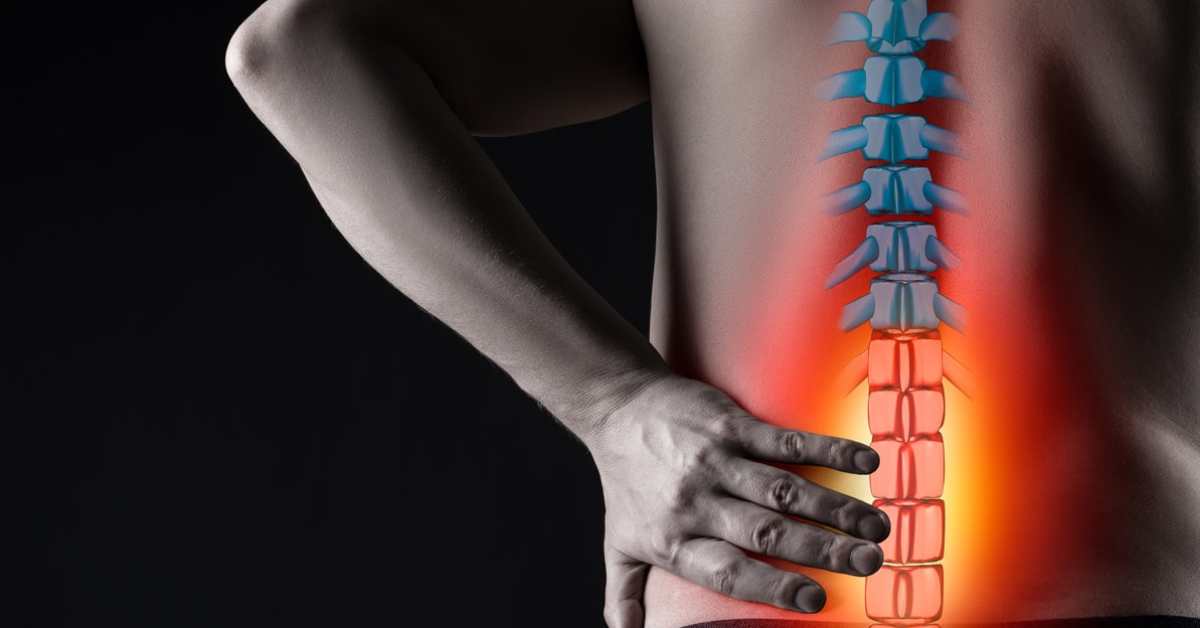


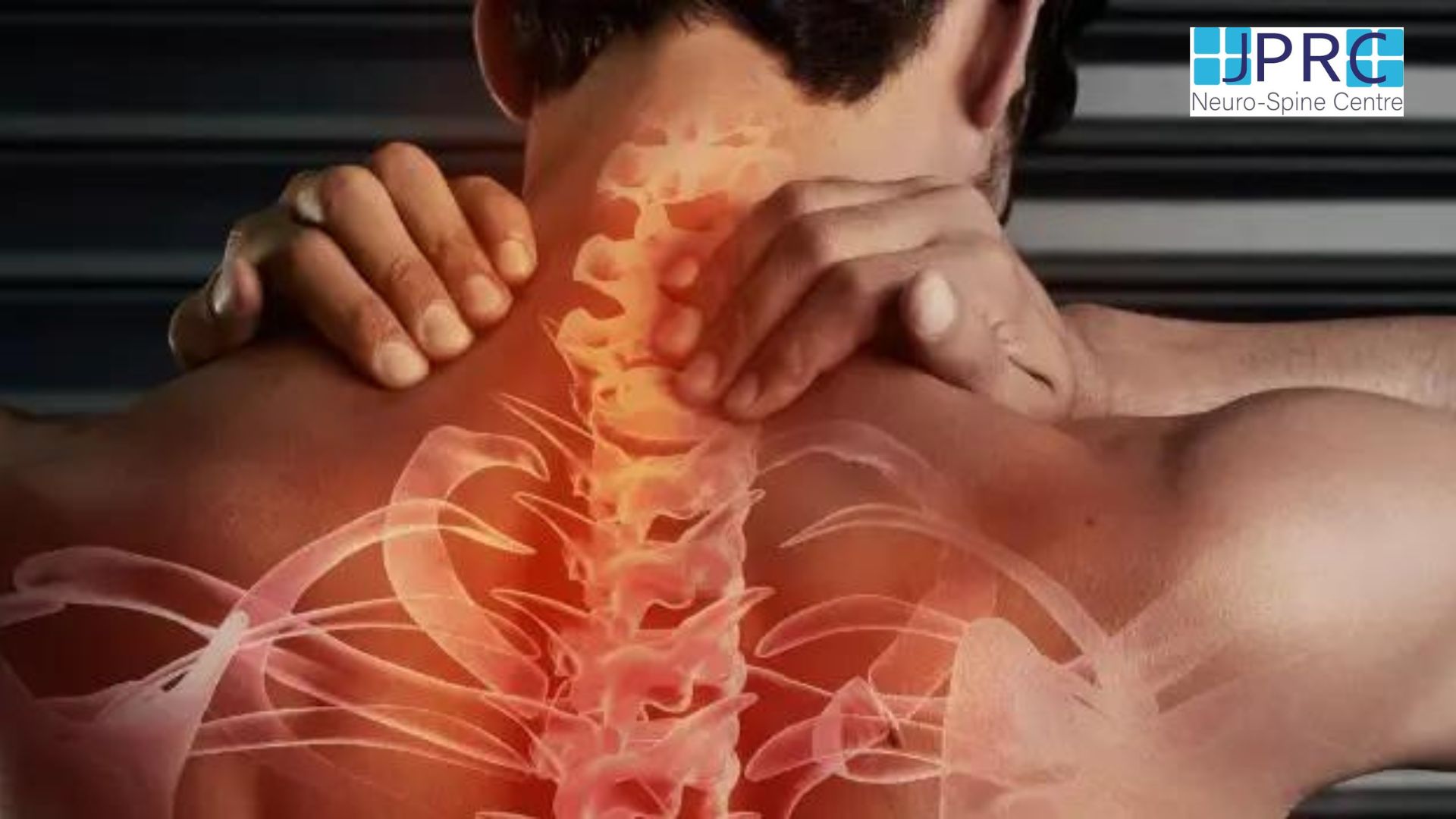
2.jpg)
3.jpg)

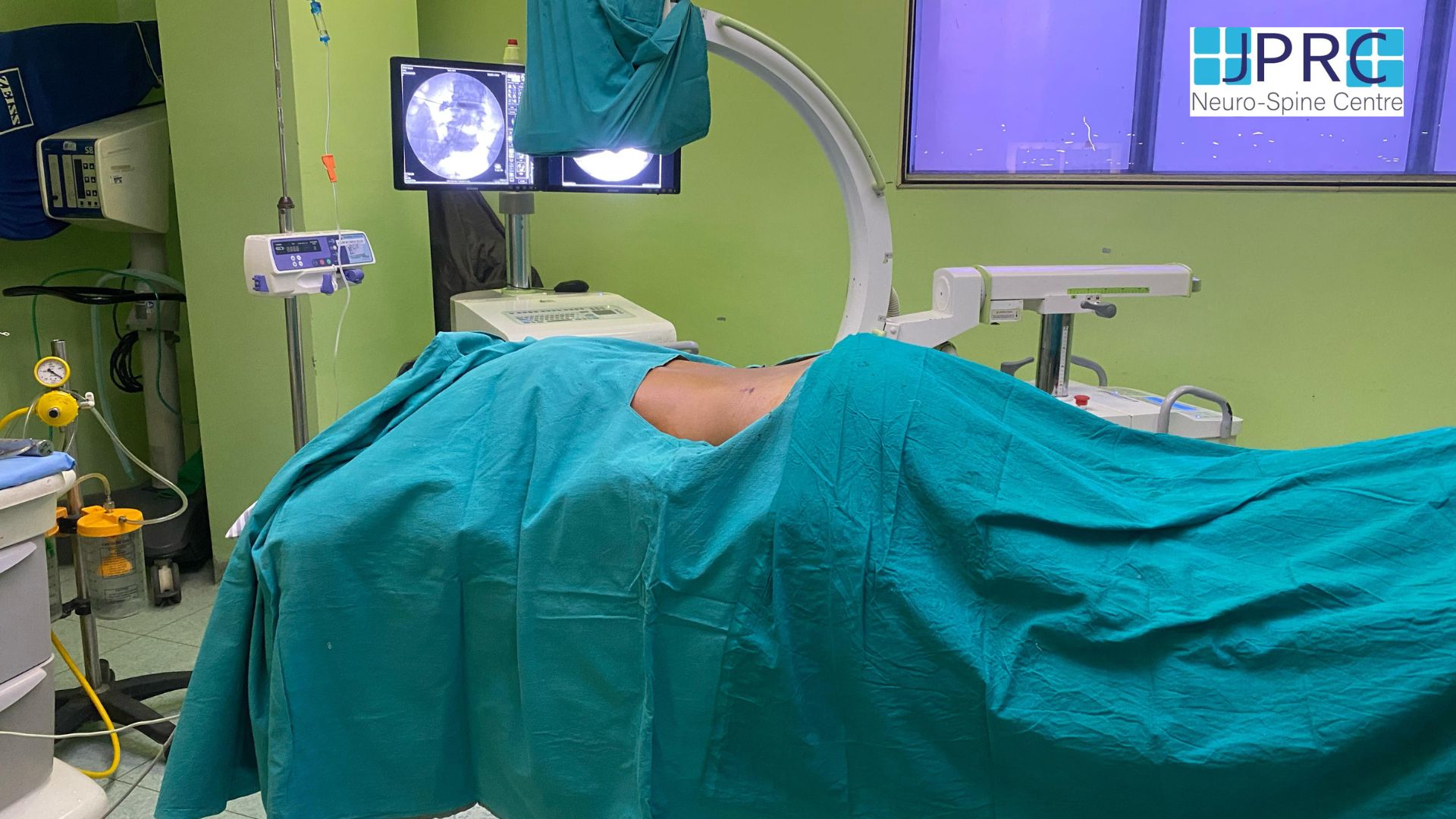
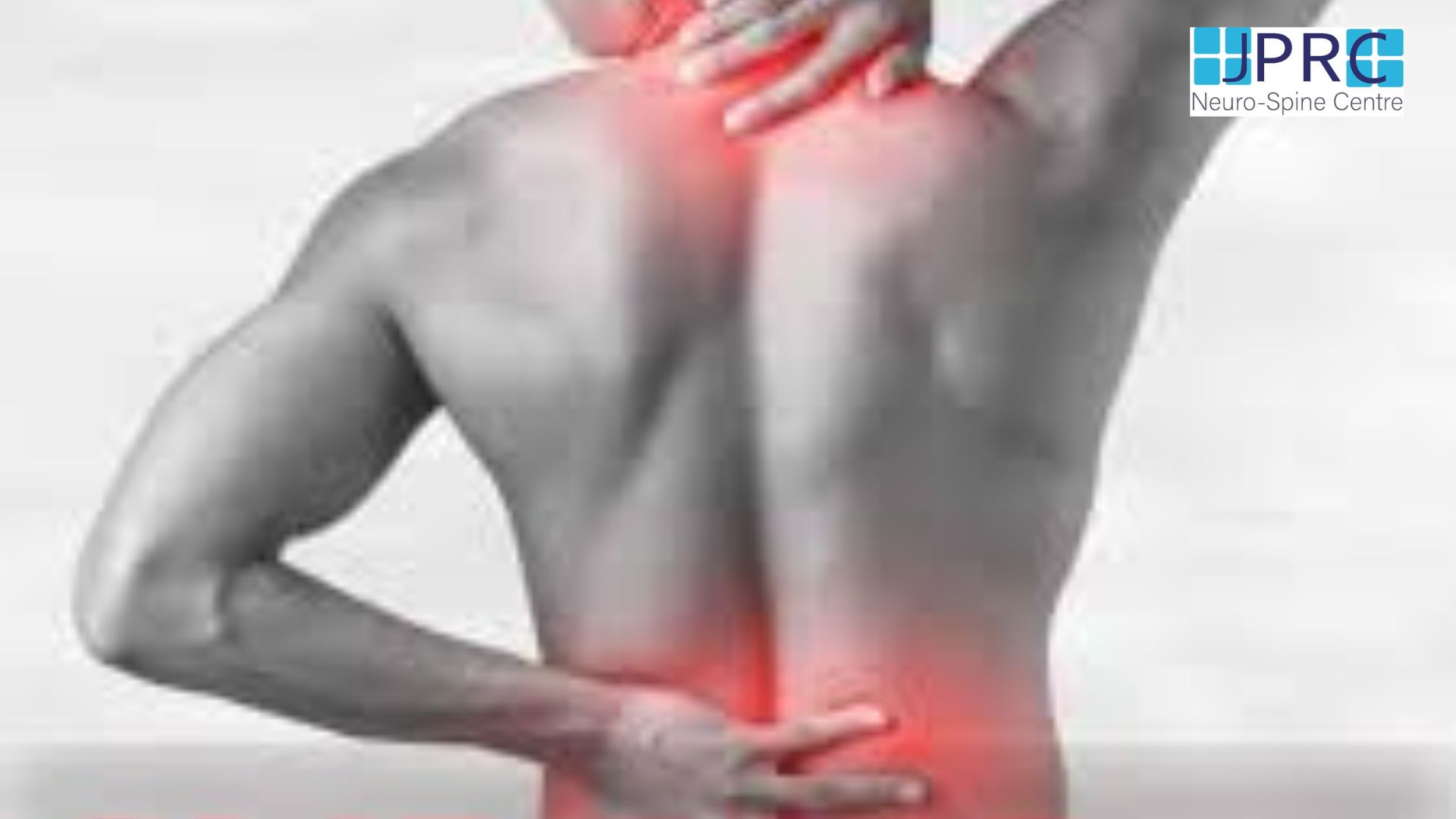
4.jpg)
1.jpg)
2.jpg)
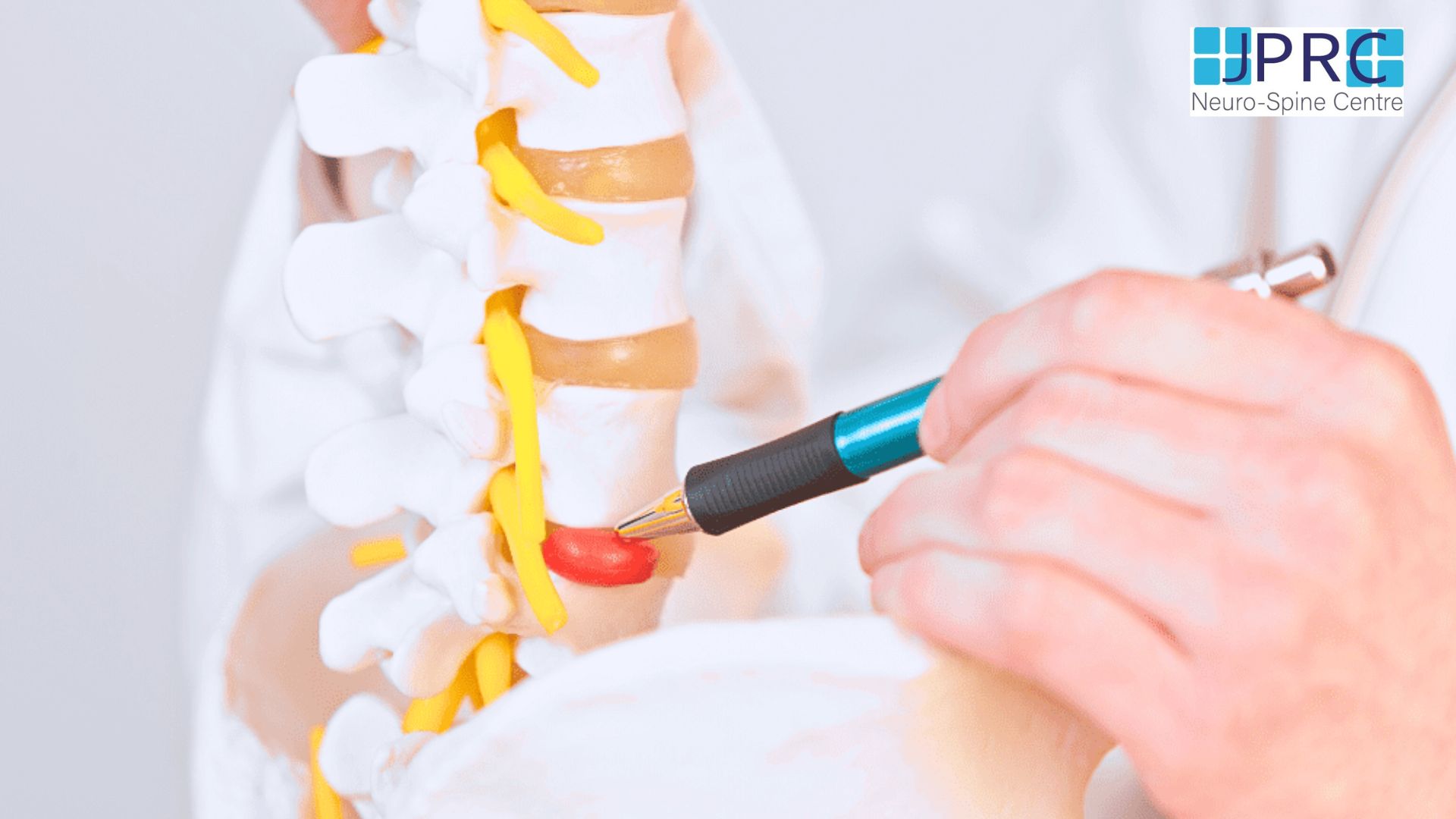
5.jpg)

6.jpg)
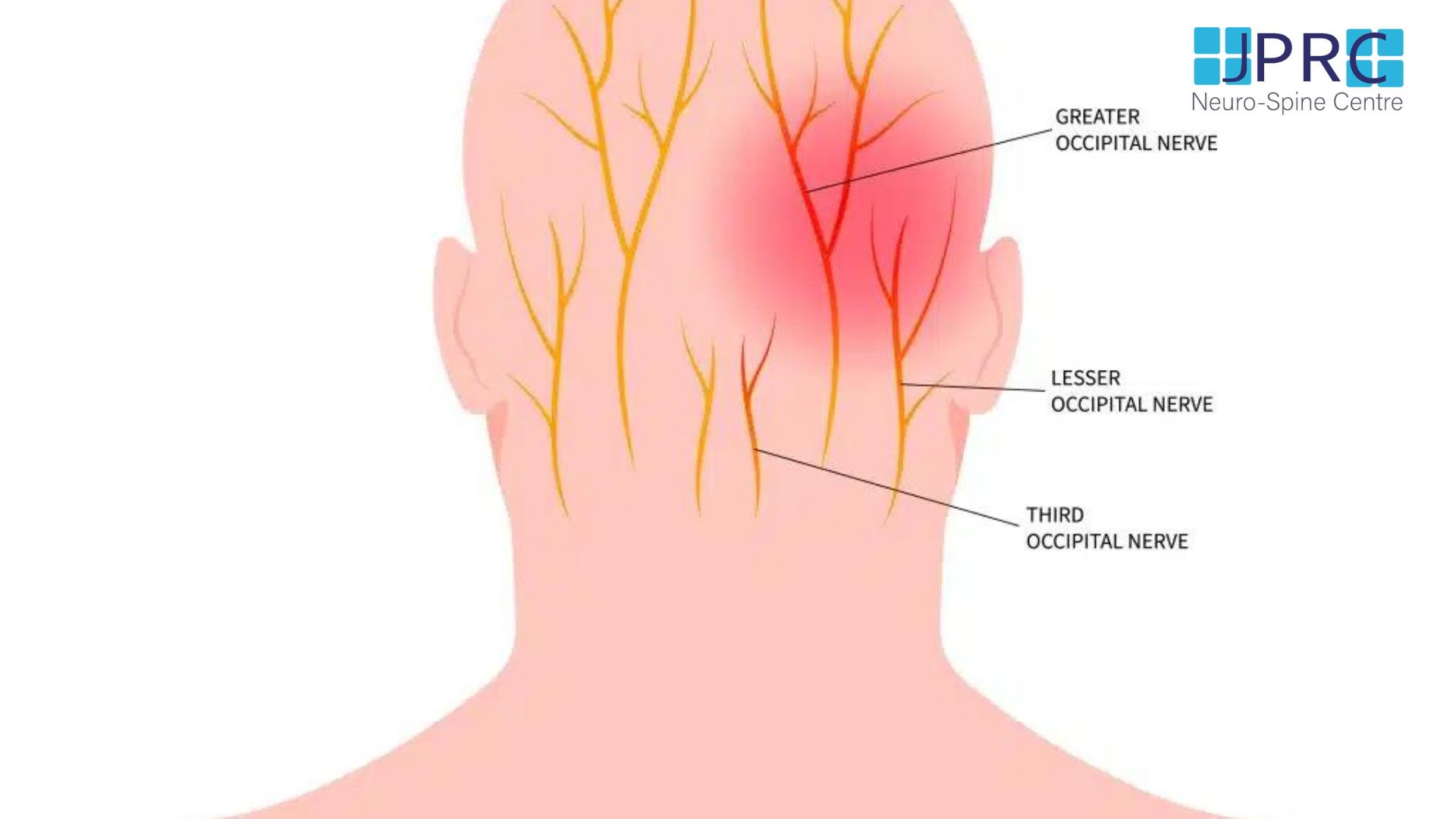
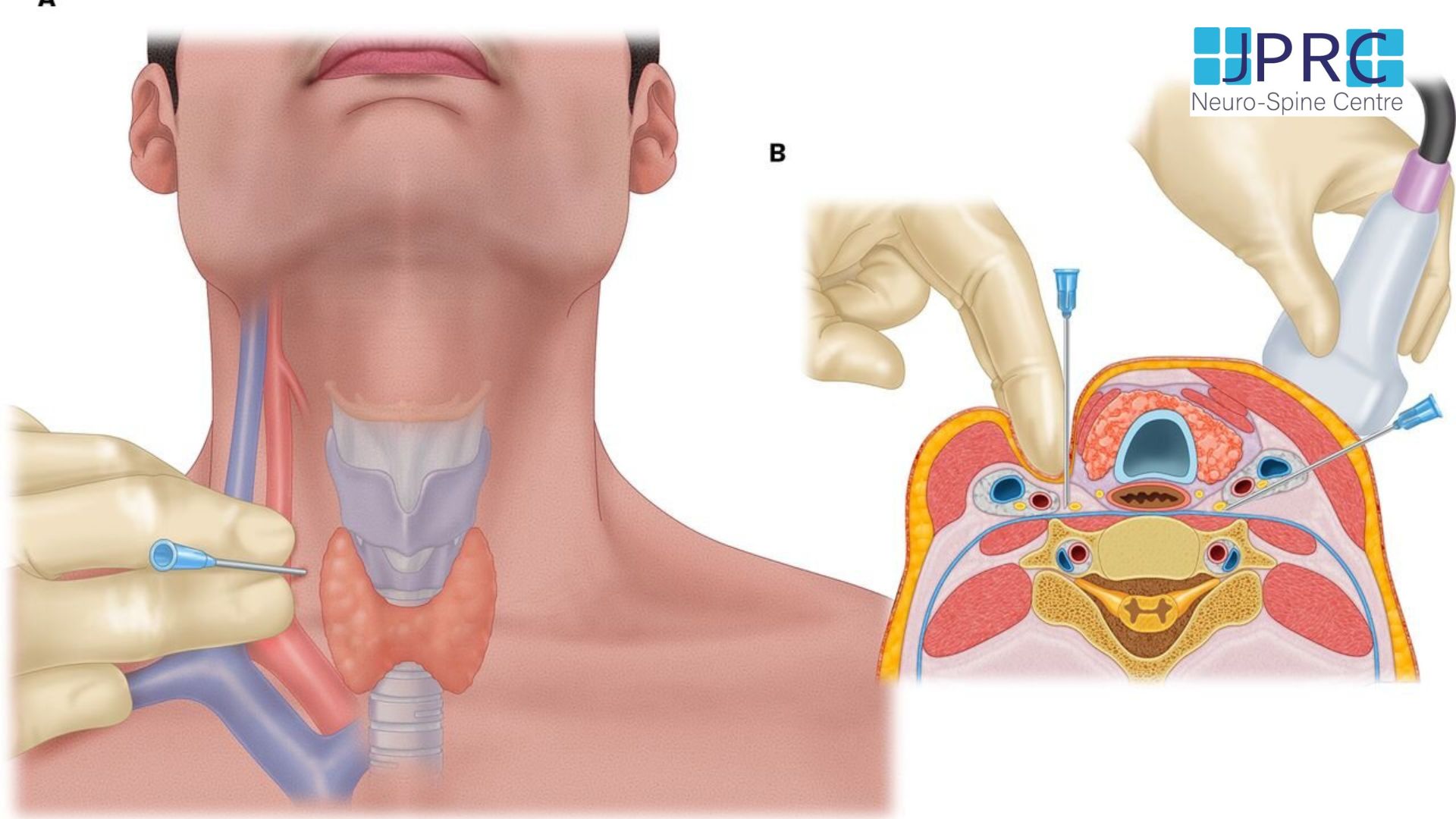


7.jpg)
2.jpg)

8.jpg)

9.jpg)
3.jpg)

10.jpg)

11.jpg)


12.jpg)
4.jpg)


























